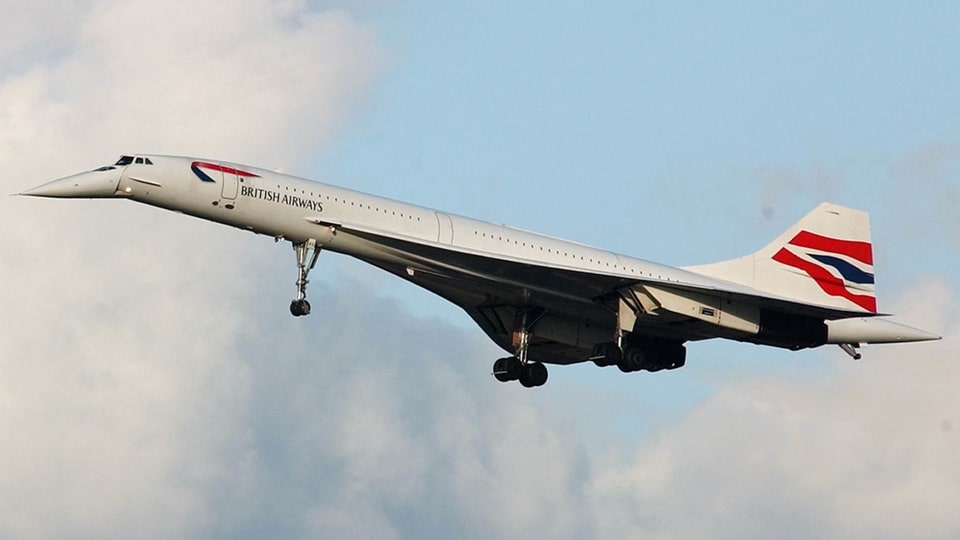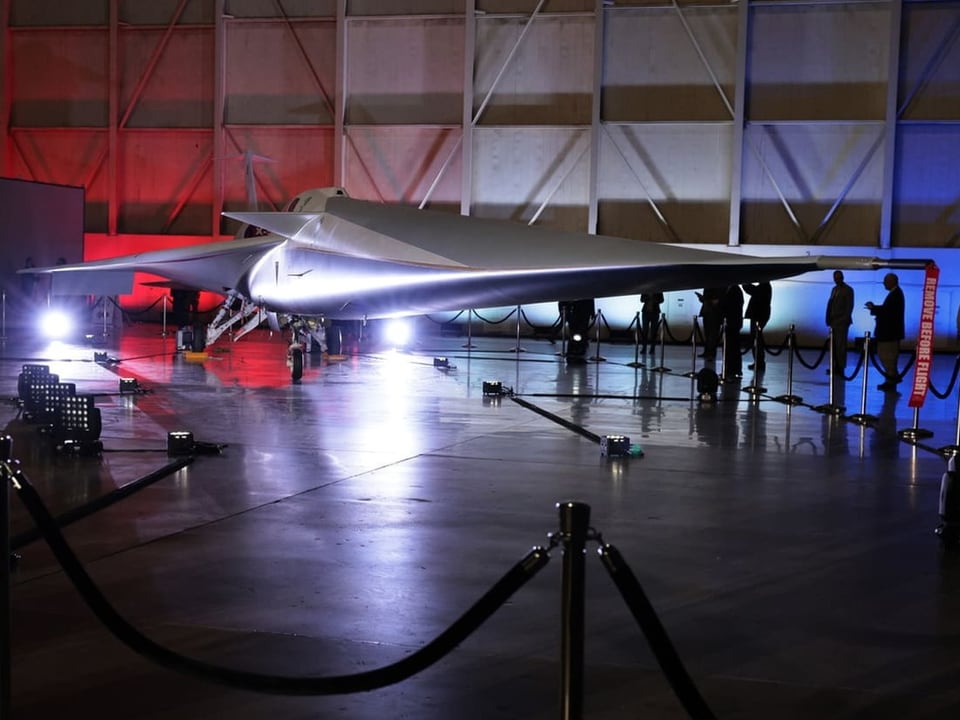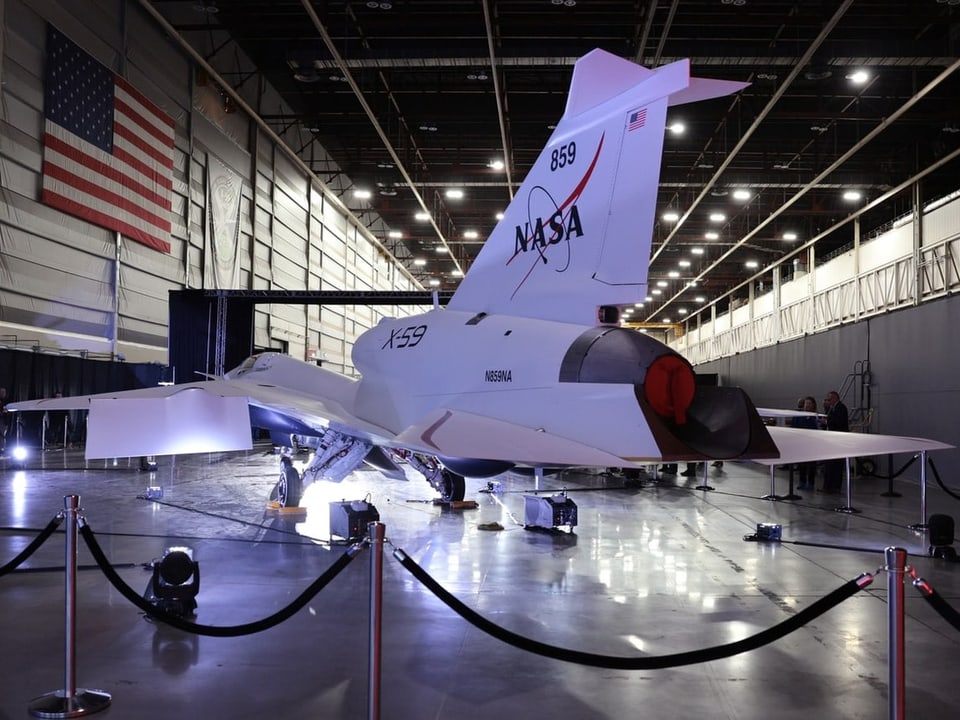Contents
The supersonic aircraft X-59 is designed to fly at 1,500 kilometers per hour and produce almost no sonic booms.
This is what the new supersonic aircraft X-59 can do: The US space agency NASA has presented its new supersonic aircraft X-59 to the public for the first time. The jet, which is around 30 meters long and has a pointed front, has a wingspan of around ten meters. The aircraft is the heart of NASA’s “Quesst” mission – Quiet SuperSonic Technology. It should be able to fly with almost no sonic booms. The first flight tests are planned over selected regions of the USA later this year. The X-59 is supposed to fly at an altitude of around 16 kilometers at around 1,500 kilometers per hour. The aircraft manufacturer Lockheed Martin received around $250 million from NASA to develop the aircraft.
Flying at supersonic speeds without a sonic boom – how does it work? It doesn’t work without a sonic boom, as Bernd Liebhardt from the German Aerospace Center in Hamburg says. But you can design an aircraft shape in such a way that the sonic boom is greatly weakened. And that’s exactly what NASA is doing with the At least that’s NASA’s hope. She wants to use this aircraft to test how people react to this new sonic boom.”
Can the X-59 also be interesting for tourism? The X-59 is a purely experimental aircraft, it only offers space for one pilot. According to expert Liebhardt, the aircraft cannot be scaled directly, but: “You can design and build larger aircraft with this technology.” Since supersonic aviation consumes much more fuel than normal aviation due to the increased air resistance, this new technology will not be suitable for mass tourism. “This is only attractive for passengers who have a lot of money left over,” says Liebhardt.
Is supersonic aviation experiencing a renaissance? In addition to NASA and Lockheed Martin, other companies are currently working on the return of supersonic jets. The last time there were regular supersonic flights was around 20 years ago with the legendary Concorde between Paris, London and New York. After an accident in Paris with more than 100 deaths in 2000, operations were stopped in 2003 due to high losses. Since then, there have been repeated attempts to re-establish supersonic aviation. “Simply because it is human nature to advance technology,” says Liebhardt. However, there is no agreement on the size of the market for supersonic aircraft. “Our studies tend to suggest that the market is quite limited.” It is questionable whether enough such aircraft could be sold or used to make it worthwhile for the manufacturer.

Legend:
A British Airways Concorde on one of its last transatlantic flights in 2003.
Keystone/ MAX NASH
There could once be supersonic aircraft on these routes: Because of the noise, supersonic flights over land are prohibited in the USA, for example. Therefore, supersonic aircraft with conventional technology could not be permitted on the main routes from the East to the West Coast, such as from New York to Los Angeles. “That’s why so much effort is put into reducing this sonic boom as best as possible.” But there is also potential for supersonic flights over water: “There are very important and well-flown routes that almost only go over water, for example from Western Europe to the east of North America.” But the routes between the metropolises of East Asia such as Bangkok, Shanghai, Hong Kong, Beijing and Manila were also largely over water.


